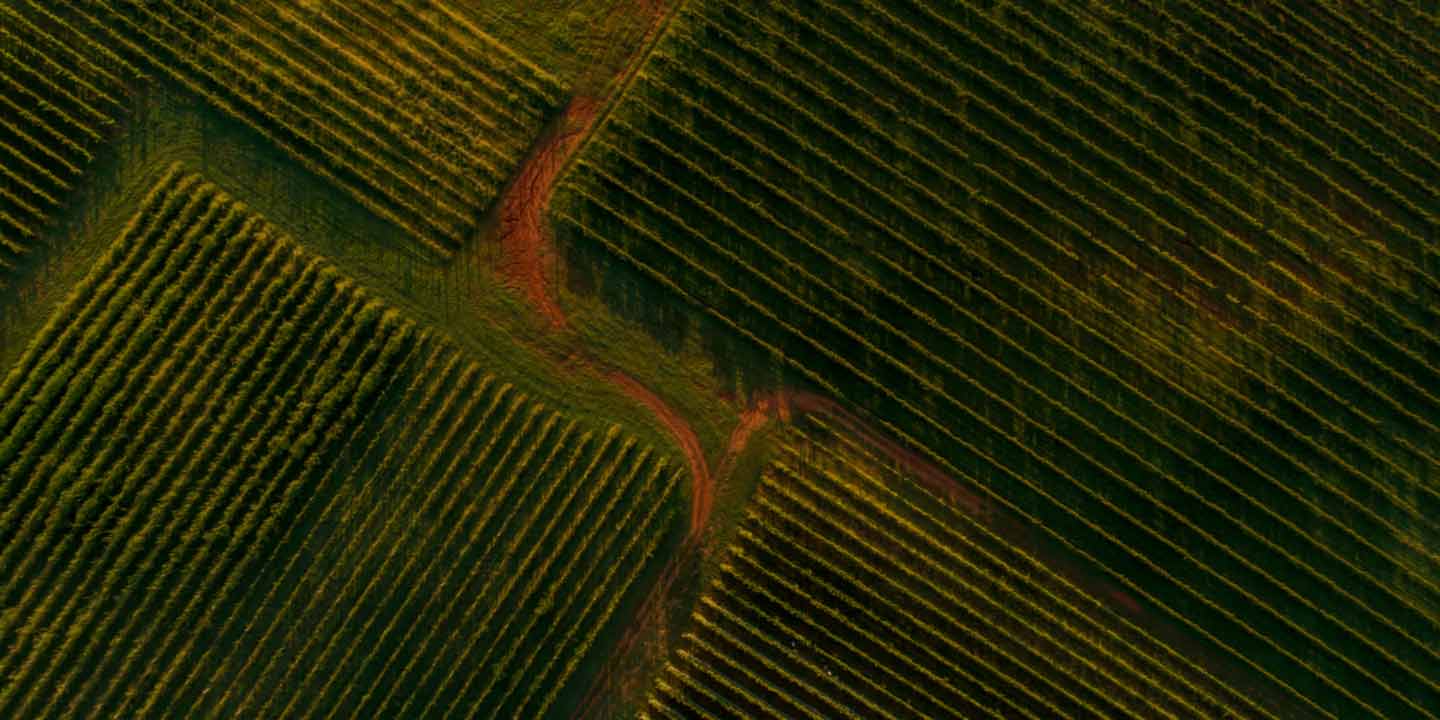

Virginia
Quick Links:
Introduction
The Best of Both Worlds
Virginia’s wines are where old world and new world meet. Small farms focus on producing high quality artisanal products in a fruit forward but refined style.
Though Virginia was one of the original 13 colonies, its wine history really only started taking off in the late 1970s. Now it’s on an exponential trajectory towards greatness, making it one of the fastest growing wine regions in America. Today it’s best known for Bordeaux Style Blends, Cabernet Franc, Petit Verdot, and Viognier.
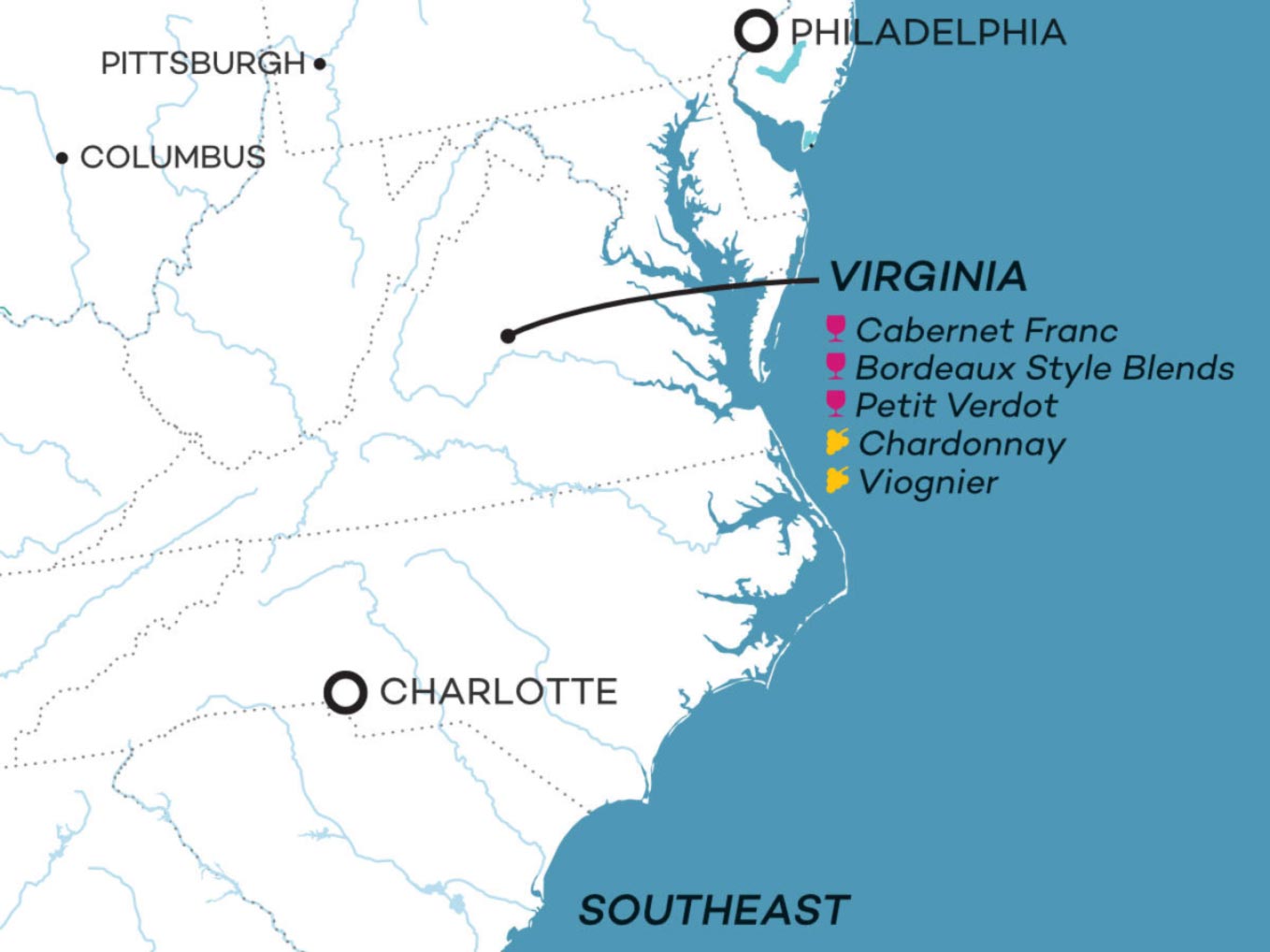
Fun Facts
There’s a Movement Growing in Virginia
82% Vitis vinifera
Vitis vinifera vines make up 82% of all vineyard plantings4600 Acres
A total of 4600 acres (1860 hectares) of vines are plantedCabernet Franc
Cabernet Franc is the most planted grape300+ Wineries
Home to 300+ wineries, which has grown from 50 in the 90s.8 AVAs
Virginia has 8 AVAs (American Viticultural Areas).58% Reds 42% Whites
There are an equal amount of red and white grapes grown.
Wines to Explore
Old World Grace & Southern Grit
Virginia wines are lush but structured; aromatic, expressive and beautifully balanced—blending the subtlety of the Old World with the boldness of the new.
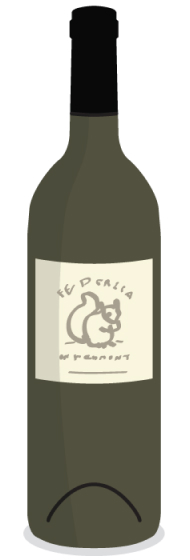
Cabernet Franc
Full-Bodied Red Wine
Cabernet Franc is the most planted grape in Virginia and makes up 14% of all the grapes harvested in the state. It is usually made into a dry, oaked varietal wine, but it can also be a component of Meritage or other red blends.
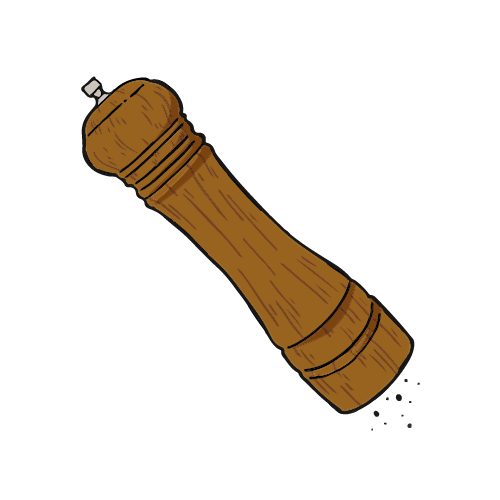




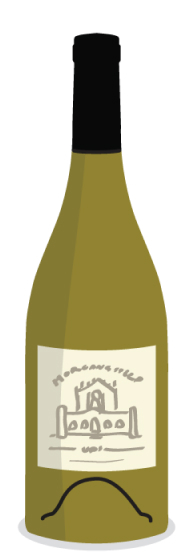
Chardonnay
Full-Bodied White Wine
The second most planted grape in Virginia, accounting for 13% of all the grapes harvested, Chardonnay styles vary depending on the winery. This versatile and well-loved grape is often aged in oak and goes through malolactic fermentation, giving it luscious vanilla and buttery notes, but it can also be lean, fresh, and steely.





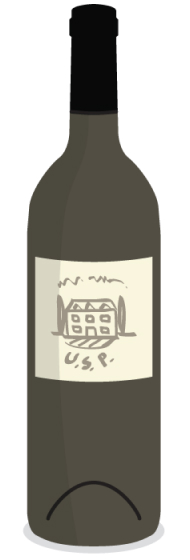
Bordeaux Style Blends
Full-Bodied Red Wine
Bordeaux-style red blends are some of the most highly acclaimed wines in Virginia. While their blending percentages of Cabernet Sauvignon, Merlot, and Cabernet Franc vary greatly across vineyards and vintages, the end products are consistently lush and layered. They are often built to improve over time in your cellar.


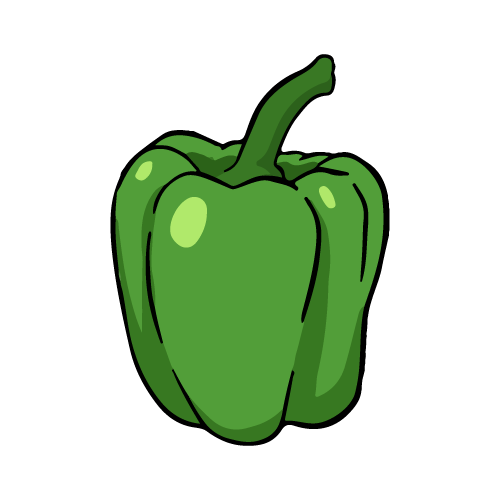


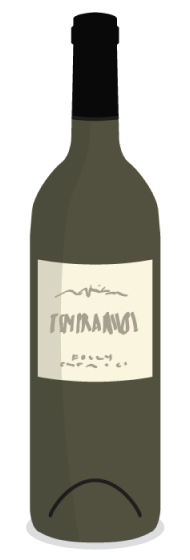
Petit Verdot
Full-Bodied Red Wine
Traditionally used as a blending grape in Bordeaux, Petit Verdot has come into its own as a star varietal in Virginia and makes up 10% of all grapes harvested. Its high level of tannins and deep color makes for bold, weighty wines that are perfect for a cold evening.
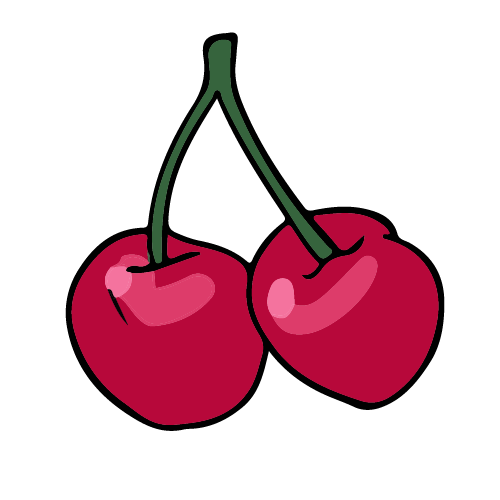
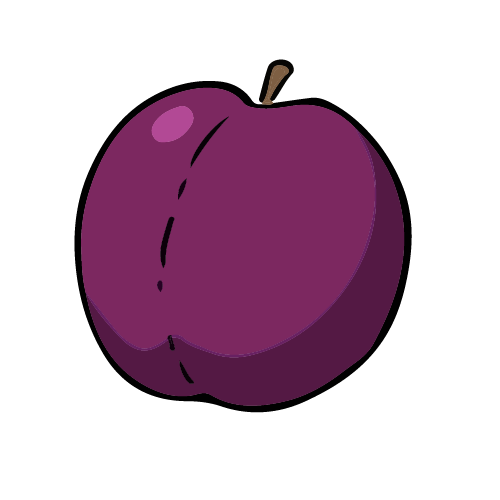




Viognier
Full-Bodied White Wine
Smelling sweet thanks to the ripe fruit and blossom aromas, Virginia Viognier is typically made in a dry style. It has quickly developed a reputation as one of the state’s signature grapes and makes up 7% of the grapes harvested, but it is the second most planted white grape.




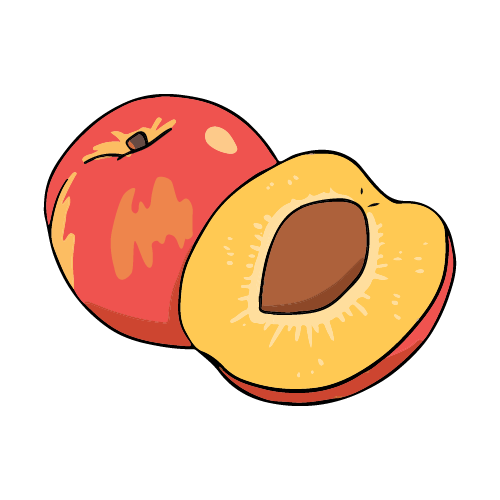
Selected
Virginia Wines
Featured
Virginia Winery
+ 11 More
Wine Regions
A Shifting Landscape
With over 4,000 acres of grapes that span the state, Virginia is home to 10 regions and 8 distinct AVAs.
Blue Ridge
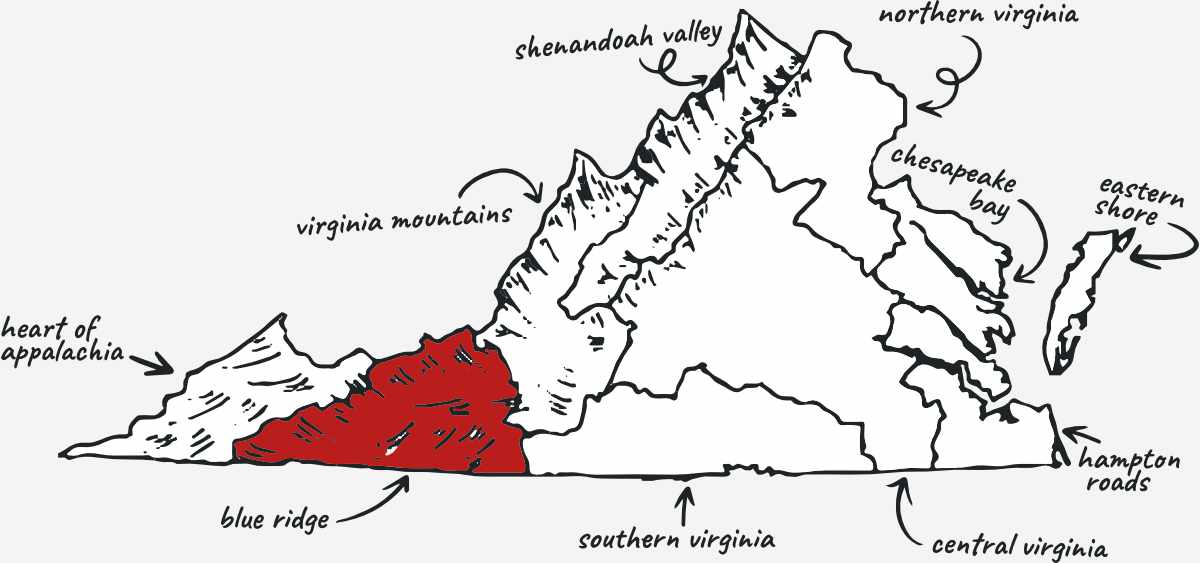
Blue Ridge is home to the beautiful Appalachian Trail and the scenic Blue Ridge Parkway. Thanks to the loam and gravel soils here that provide excellent drainage and high elevations, there are many wineries found in this region. It’s home to two of Virginia’s AVAs.
The North Fork of Roanoke AVA
This AVA sits on the eastern slopes of the Allegheny Mountains and is known for Cabernet Franc, Merlot, Cabernet Sauvignon, and Bordeaux Style Blends thanks to the gravelly soils. Elevations between 1,200 to 2,200 feet (365 to 670m) keep things cool.
The Rocky Knob AVA
Sitting on the eastern slopes of the Blue Ridge Mountains, this is a very picturesque region. The well drained soils and elevation of 1,600 to 3,500 ft (487 to 1067m) are key to preventing too much humidity and water from collecting nearby, creating ripe yet fresh wines.
Wineries in Blue Ridge
Central Virginia
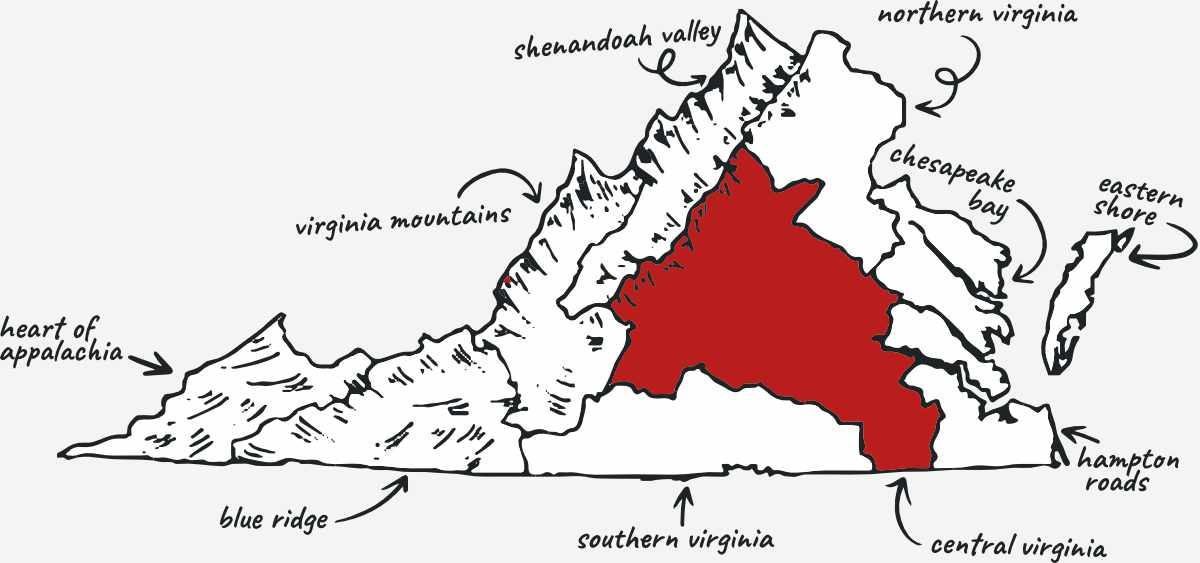
This is where Thomas Jefferson experimented with growing vines at his Monticello estate in the 1770s, and people have been experimenting with viticulture here since. Richmond, the capital, is found in this region too, so there’s lots to do and see. Granite and clay soils help give wines savory flavors and structured tannins, in an old world style. There are many Monticello wine tours to be found here.
Monticello AVA
The area is nestled along the eastern slopes of the Blue Ridge Mountains where gaps in the mountains deliver cool air which help ensure a longer growing season than surrounding areas. The result is high quality grapes and wine, specifically Cabernet Franc, Chardonnay, and Viognier.
Wineries in Central Virginia
Chesapeake Bay
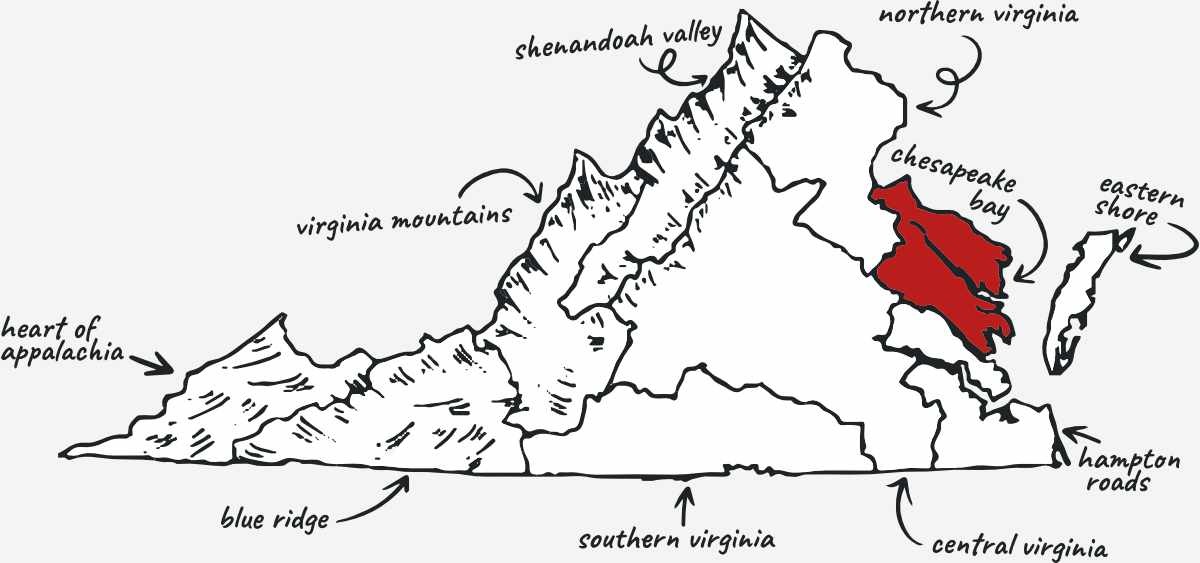
Birthplace of George Washington, this historic area has a temperate climate with sandy soils. If you’re looking for oysters to match with your wine, you’ll be pleased to explore the local Virginia Oyster Trail here.
Northern Neck George Washington Birthplace AVA
Thanks to the moderating influence of the bay, this area has the highest number of frost free days in the state. Cabernet Franc and Chardonnay reign but you’ll also find hybrids, such as Vidal and Chambourcin.
Wineries in Chesapeake Bay
Eastern Shore
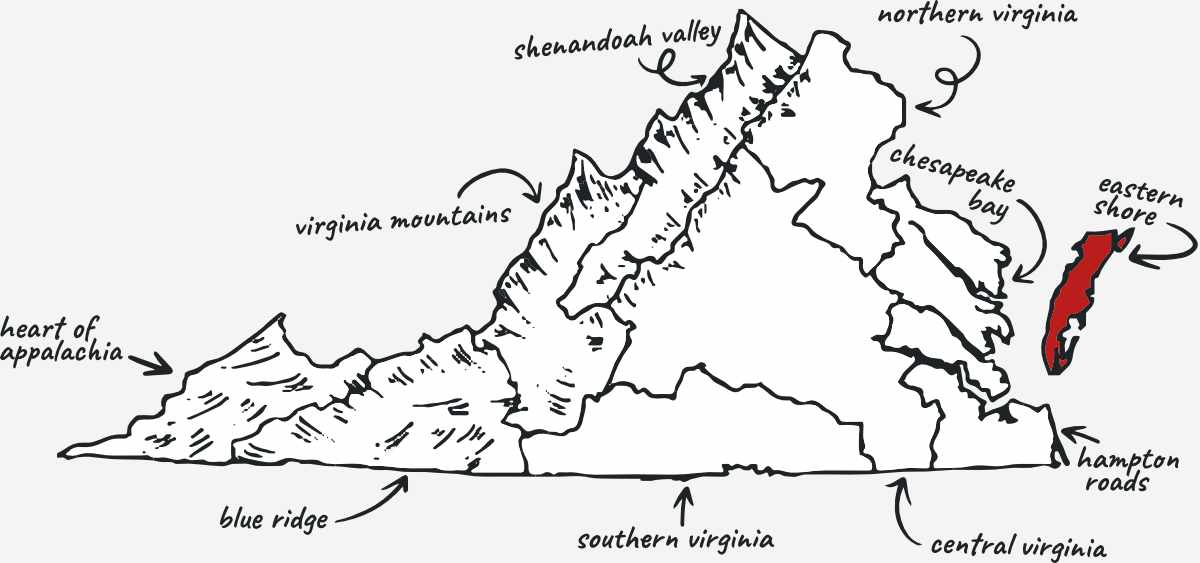
Small towns, family farms, and pristine waters make up the Eastern Shore. The maritime climate ensures a long fall, ensuring perfect and even ripening in the grapes. The proximity to the water seems to add a distinct mineral note to many of the wines.
Virginia’s Eastern Shore AVA
Sitting on the southern end of the Delmarva Peninsula, the area is defined by the Chesapeake Bay on one side and the Atlantic Ocean on the other. With most of the AVA just 50 feet (15m) above sea level, it relies on the ocean and bay breezes to keep it cool during the summer months.
Wineries in Eastern Shore
Hampton Roads
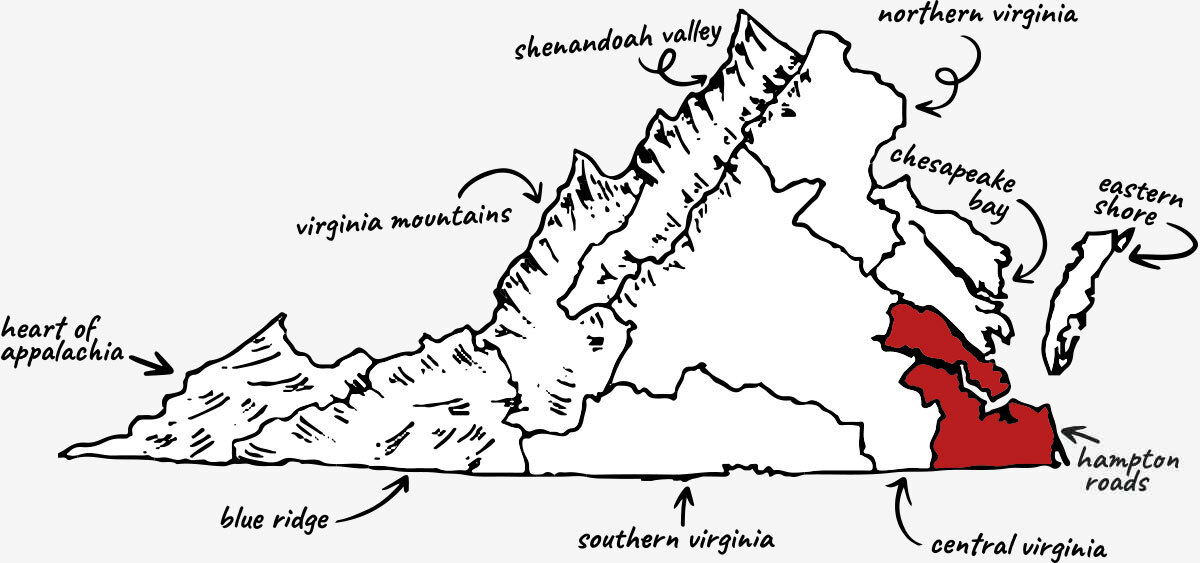
With many historical places to visit such as Colonial Williamsburg and Historic Jamestown, this area is steeped in the days of yore. The year-round temperate climate ensures consistent vintages year in and out.
Virginia Peninsula AVA
This is Virginia’s newest AVA and is home to a cradle of American history - Williamsburg. Bound by the James and York River estuaries, the narrow AVA runs about 50 miles in length, toward Richmond, and varies from 5 to 15 miles (8 to 24 km) in width. A maritime influence moderates the average low and high temperatures. The soil is sedimentary in nature.
Wineries in Hampton Roads
Heart of Appalachia
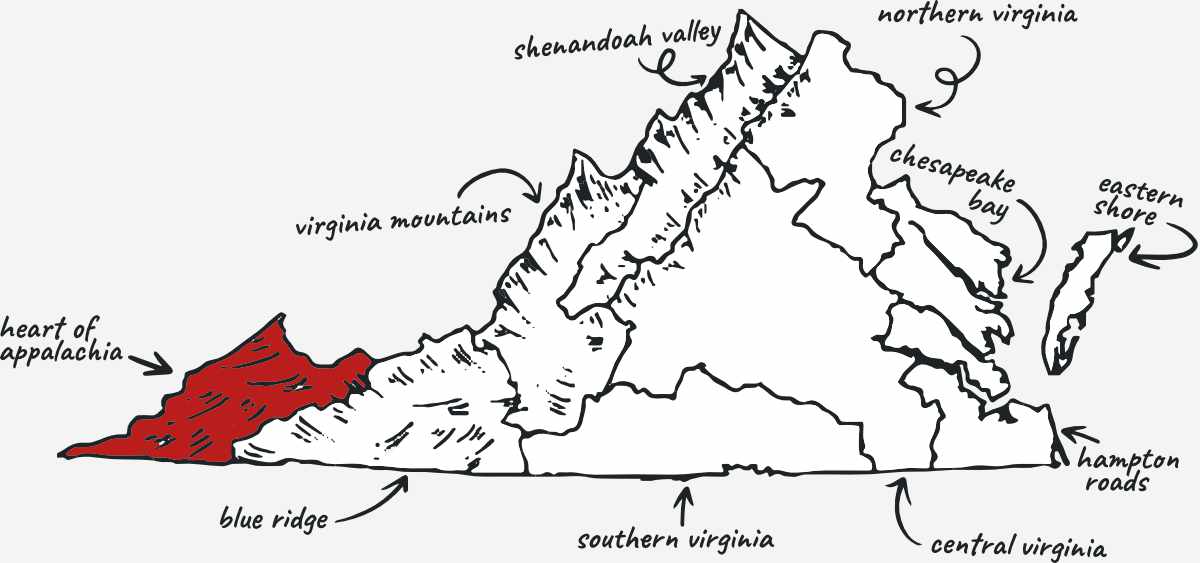
If you’re looking for beautiful rural charm in the mountains then visit the Heart of Appalachia. Orchards and vineyards can be found throughout the hiking and mountain biking trails in the forests. You’ll find red, white, and rosé wines and even some fruit wines.
Wineries in Heart of Appalachia
Northern Virginia
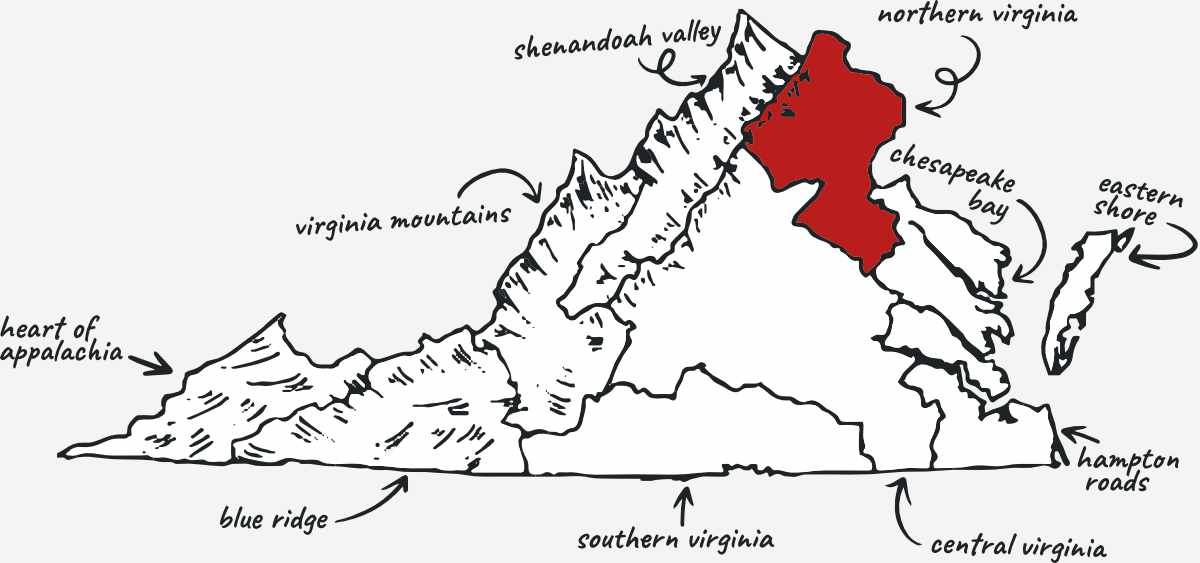
Just an hour outside of Washington DC and you’ll find yourself in wine country. Dotted throughout this dynamic landscape are some of Virginia's most respected wineries. The rolling hills, with rich soils from eons of granite and sandstone erosion, give good air and drainage, creating a distinctly old world style.
The Middleburg Virginia AVA
Located just 50 miles (80 km) west of Washington DC, the AVA is bounded by the Potomac River to the north and mountains to the east, south and west. With 24 wineries to visit, there’s lots to see in this historic region.
Wineries in Northern Virginia
Shenandoah Valley
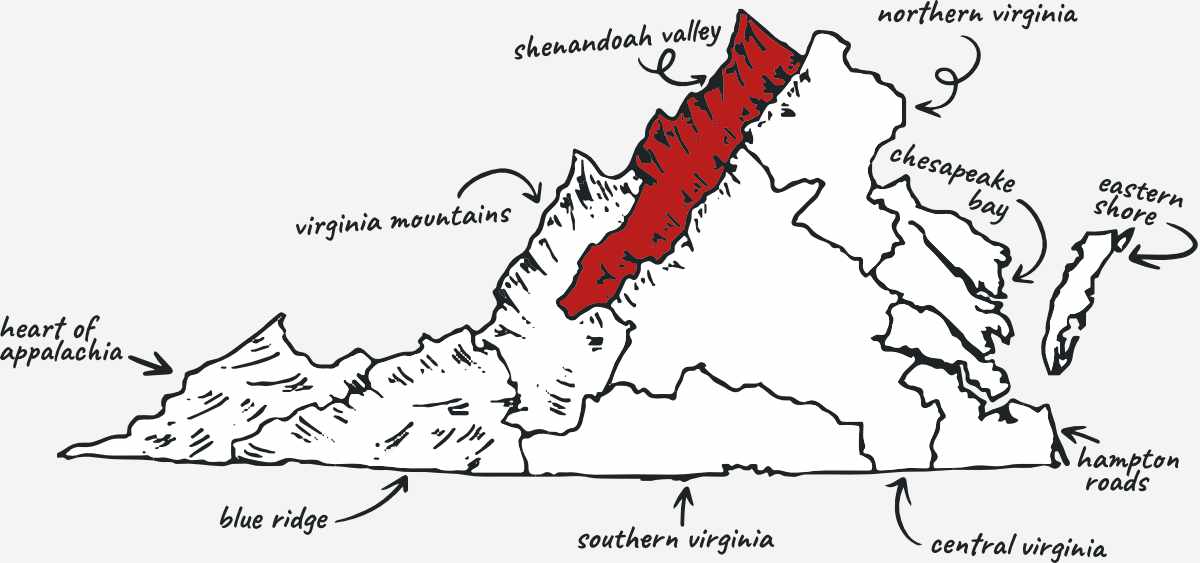
The bucolic scene of rolling pastures dotted with historic towns is what makes this region so special. Stretching from the Maryland state line to Roanoke, one of the best times to visit is in the autumn when the trees’ leaves put on a spectacular color changing show.
Shenandoah Valley AVA
Bounded by the Blue Ridge Mountains to the east and the Appalachian and Allegheny Plateaus to the west, the valley contains limestone soils which help give Shenandoah Valley wines higher levels of acidity. The valley is protected by the Blue Ridge on one side and the Alleghenies on the other, creating a rain shadow from both directions. You’ll find many grapes thriving here, from Pinot Noir and Riesling, to Chardonnay, Cabernet Sauvignon, and Cabernet Franc too. It is located within the Ridge and Valley region and is a portion of the Great Appalachian Valley.
Wineries in Shenandoah Valley
Southern Virginia
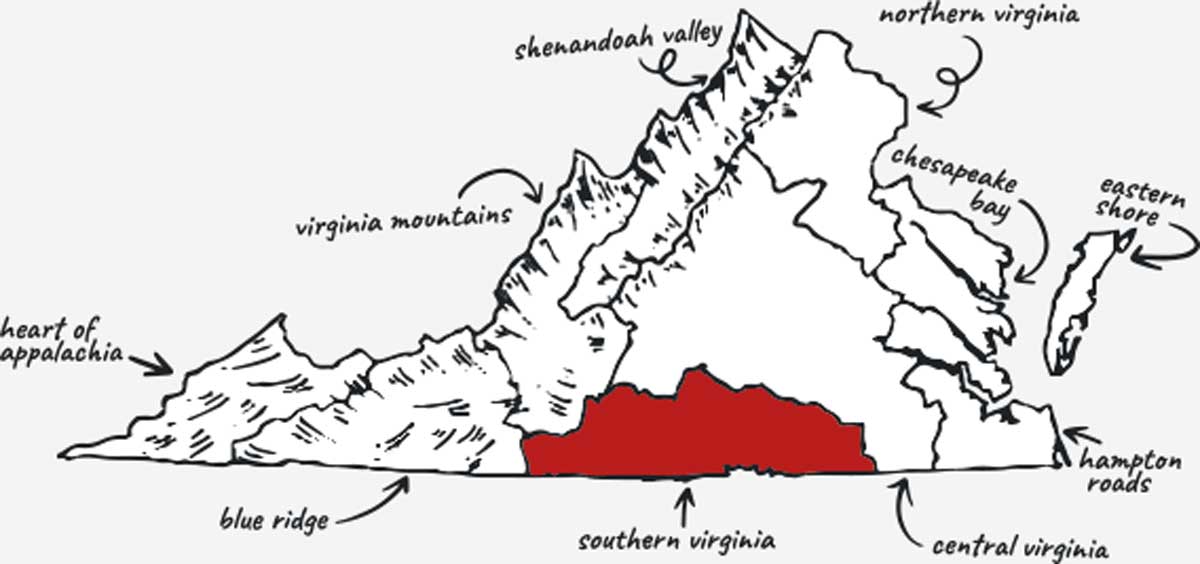
Hugging the border with North Carolina, this part of Virginia is mostly rural landscape filled with farms and woodlands. It's an area rich in Revolutionary War, Civil War, and civil rights heritage. The warm climate, thanks to its southerly latitude, ensures that even grapes such as Tannat can ripen here.
Wineries in Southern Virginia
Virginia Mountains
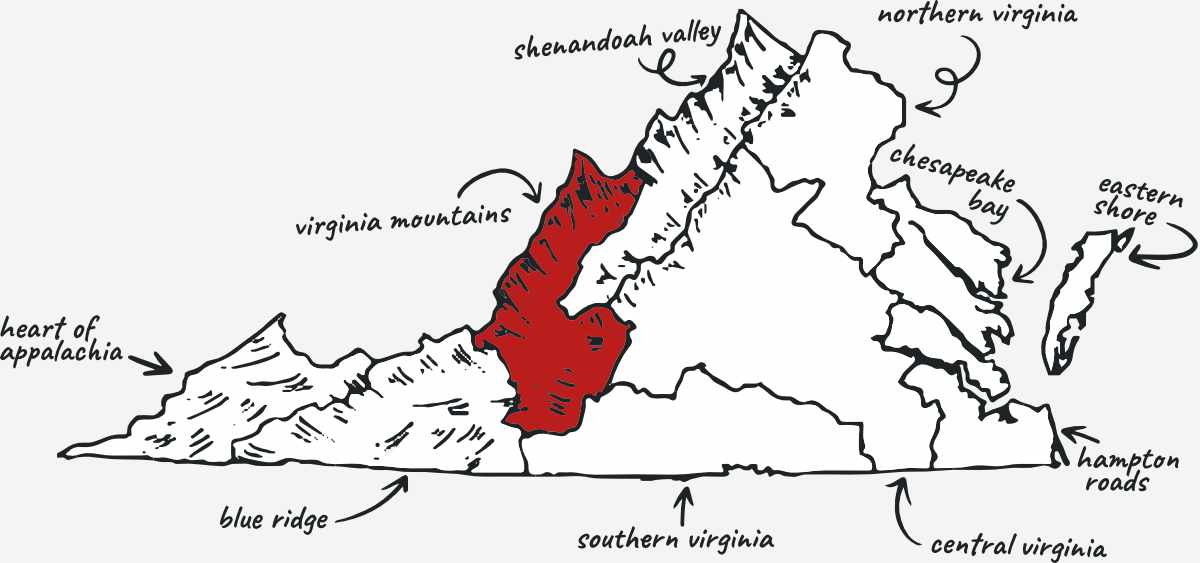
Known as “Virginia’s Switzerland” thanks to its Alpine climate, this is where you’ll find the highest elevations east of the Mississippi River. Family-run wineries producing fresh and elegant styles of wine can be found here.









